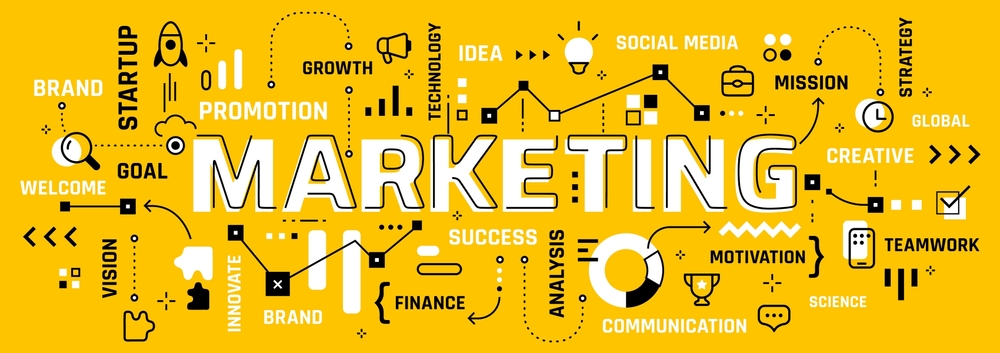Content is the driving force behind digital marketing campaigns, and mastering it can significantly impact your brand’s growth. Whether you’re looking to increase website traffic, engage your audience on social media, or boost conversions, content plays a critical role. To truly succeed, your content strategy should be designed with your audience, goals, and business objectives in mind.
What Makes Content for Digital Marketing So Powerful?
Content marketing goes beyond simply publishing random blog posts or social media updates. It’s a strategic approach that helps brands deliver consistent, valuable messages to their audience. Here’s why content is so powerful in digital marketing:
1. Builds Trust and Authority
When you provide content that educates, entertains, or informs your audience, you position your brand as a trusted resource. Whether through blog articles, case studies, or webinars, your content helps build authority in your industry.
2. Drives Engagement
Good content doesn’t just inform; it sparks conversations. Interactive content, such as polls, quizzes, or videos, encourages users to engage and share their opinions, creating a sense of community around your brand.
3. Enhances SEO Efforts
High-quality, optimized content marketing and digital marketing increases your website’s visibility on search engines. Blogs, landing pages, and other content types can target specific keywords, helping you rank higher in search engine results, and driving organic traffic to your site.
Types of Content Marketing for Digital Marketing
To achieve content marketing mastery, it’s important to leverage different types of content in your strategy. The right combination will vary depending on your goals, audience, and platform. Let’s look at some of the most effective types of content for digital marketing:
1. Blog Posts and Articles
Writing valuable blog posts and articles is one of the most effective ways to provide useful content. A well-researched blog can rank for multiple keywords, educate your audience, and drive traffic to your site.
2. Social Media Posts
Social media platforms like Facebook, Instagram, and Twitter are perfect for sharing quick, engaging content that drives conversation. Visuals such as infographics, images, and short videos often perform better than text-based content on social media.
3. Videos
Video content marketing is more engaging than static content and has been proven to increase conversions and time spent on pages. Whether it’s product demonstrations, explainer videos, or behind-the-scenes content, videos humanize your brand and connect emotionally with viewers.
4. Case Studies and Testimonials
Case studies and customer testimonials build credibility by showing how your product or service has benefited others. These content pieces help potential customers visualize how your brand can solve their problems.
5. Email Newsletters
Regular newsletters allow you to provide valuable content directly to your subscribers, keeping them engaged and informed about your brand’s latest updates.
Creating a Winning Content Strategy for Digital Marketing
A successful content marketing strategy goes beyond just producing content—it involves planning, consistency, and optimization. Here’s how you can create a strategy that works:
1. Know Your Audience
To create content that resonates, you need to understand your target audience’s pain points, preferences, and online behaviors. Perform audience research to create comprehensive buyer personas. Knowing your audience ensures that your content is tailored and relevant.
2. Set Clear Goals
Before you create any content, define your goals. Are you aiming to increase traffic, generate leads, improve brand awareness, or something else? Each type of content should align with your overarching business objectives.
3. Choose the Right Channels
Not all content works for all platforms. For instance, long-form blog posts are great for SEO content marketing strategy but may not perform well on Instagram. Identify the platforms most frequented by your audience and customize your content to fit each one.
4. Focus on Quality Over Quantity
While consistency is important, quality should always come first. One well-researched, highly engaging blog post is far more valuable than multiple shallow ones. High-quality content drives better results, builds trust, and increases your brand’s authority.
5. Measure, Optimize, and Iterate
After publishing content, track its performance. Use analytics tools to measure engagement, traffic, conversion rates, and other key metrics. Based on this data, tweak and optimize your strategy for better results moving forward.
The Future of Content for Digital Marketing
As digital marketing advances, content strategies also evolve to meet changing trends and audience expectations. To stay competitive, brands must adapt to emerging trends such as AI-driven content creation, interactive content formats, and personalized experiences. Staying ahead of these trends will help you maintain a strong presence and keep your audience engaged.
Conclusion
Mastering content for digital marketing is an ongoing process that requires strategy, creativity, and consistency. By understanding your audience, creating high-quality content, and optimizing for results, you’ll be well on your way to digital marketing success. With the right tools and approach, your content can serve as the foundation for stronger customer relationships and increased brand visibility.


